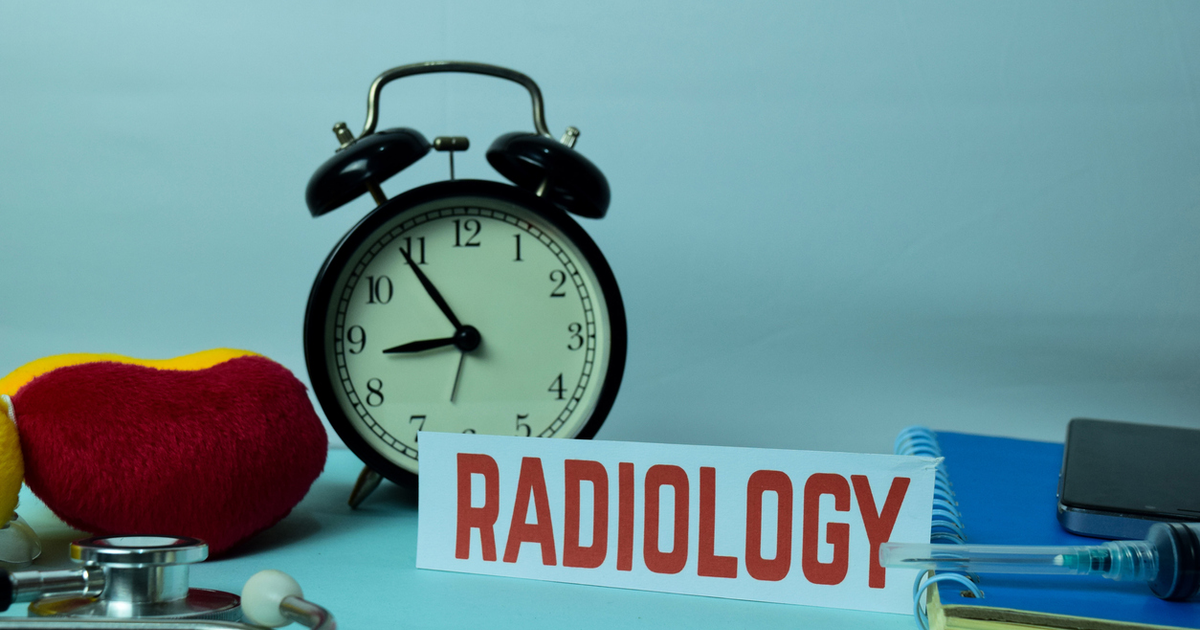According to new data released Monday, the time of day appears to influence radiologists’ MRI findings.
Previous research has tracked this phenomenon – sometimes called the “hungry judge effect” – in which fatigue, workload and circadian rhythms influence doctors’ decision-making. Imaging experts at NYU Langone Health in New York wanted to better understand the effect in relation to MRI findings of the prostate and published their findings on August 5 in the European Journal of Radiology (1).
Across more than 35,000 interpretations performed by 26 radiologists, researchers discovered a significant association between time of day and average Prostate Imaging–Reporting and Data System (PI-RADS) scores. Specifically, physicians were more likely to assign malignant scores later in the day, when they were likely to be fatigued.
“These findings suggest that chronobiological factors may contribute to the variability of radiologic examinations,” concluded Anton Becker, MD, PhD, assistant professor in the Department of Radiology at the Grossman School of Medicine, and co-authors. “Although the magnitude of the effect is small, it may potentially increase variability and affect diagnostic accuracy.”
For the study, NYU researchers retrospectively analyzed all prostate MRIs performed at their institution between 2015 and 2023. They also determined providers’ PI-RAD scores and the timestamps when reports were submitted. The median number of reports per radiologist was 734, with an interquartile range of 498 to 1,376.
Becker et al. discovered a “small but significant trend” by noting a gradual change in average PI-RADS scores over the course of the day. In addition, scores did not change monotonically over the course of the day, but rather peaked toward the end of the shift. Running a regression model for each RAD showed that five physicians had significant associations at the individual level. This affected 7,841 MRI reports. However, when the five radiologists’ results were removed from the study, “the pattern remained” for the other 21.
“The results support the notion that physiological and psychological variations can introduce a source of variability or ‘noise’ into the assessment and thus affect radiological assessments. Understanding these influences can help optimize work schedules and reduce variability in radiology,” advise the authors. “Further research would be needed to elucidate these temporal effects and develop effective strategies to mitigate them. Incorporating artificial intelligence support could provide a potential solution to offset the effects of human fatigue and other chronobiological influences.”
For more information, including possible limitations of the study, please see the following link.

